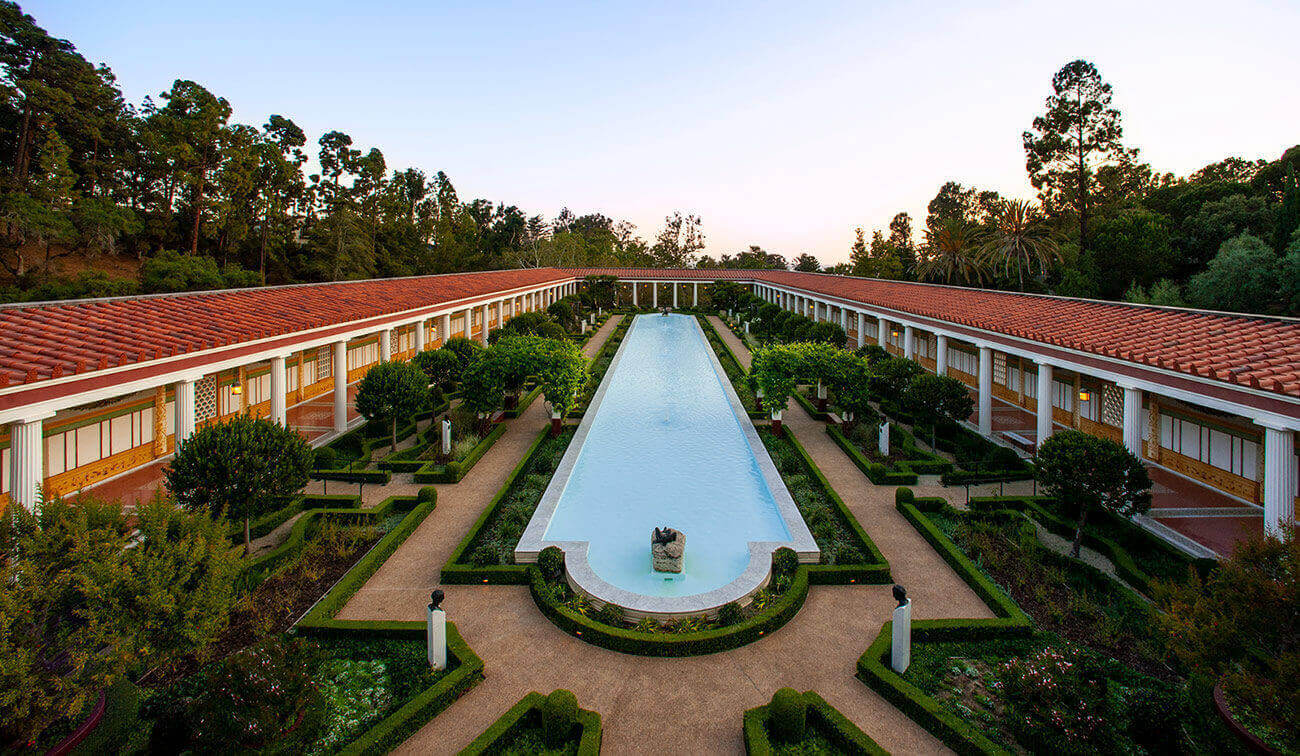Thrace Was a Region Spanning Present-Day Bulgaria, Romania, Greece, and Turkey That Is Renowned for Its Skilled Warriors, Horsemen, and Wealth in Precious Metals
A new exhibition at the Getty Villa sheds light on the ancient land of Thrace, a region spanning present-day Bulgaria, Romania, Greece, and Turkey. Renowned for its skilled warriors, horsemen, and wealth in precious metals, Thrace played a significant role in interactions with Greece, Persia, and Rome over nearly two millennia, from around 1700 BCE to 300 CE.
The exhibit, open through March 3, 2025, showcases exquisite gold, silver, and bronze artifacts that reflect the Thracians’ aristocratic pursuits, including warfare, horsemanship, and banqueting. Among the highlights are a silver jug adorned with a goddess, gilded greaves featuring intricate designs, and a striking bronze portrait of King Seuthes III, all discovered in Thracian lands during modern archaeological expeditions.
Presented in English and Spanish, the exhibit is part of the Getty Museum’s The Classical World in Context program, which explores the diverse cultures that interacted with ancient Greece and Rome. The exhibition is organized in collaboration with Bulgaria’s Ministry of Culture, the National Archaeological Institute with Museum at the Bulgarian Academy of Sciences, and features loans from institutions in Romania and Greece.
Admission is free with a timed-entry reservation, though parking fees apply. For reservations and more information, visit the Getty Villa website at https://www.getty.edu/exhibitions/ancient-thrace-and-the-classical-world-treasures-from-bulgaria-romania-and-greece/.

























